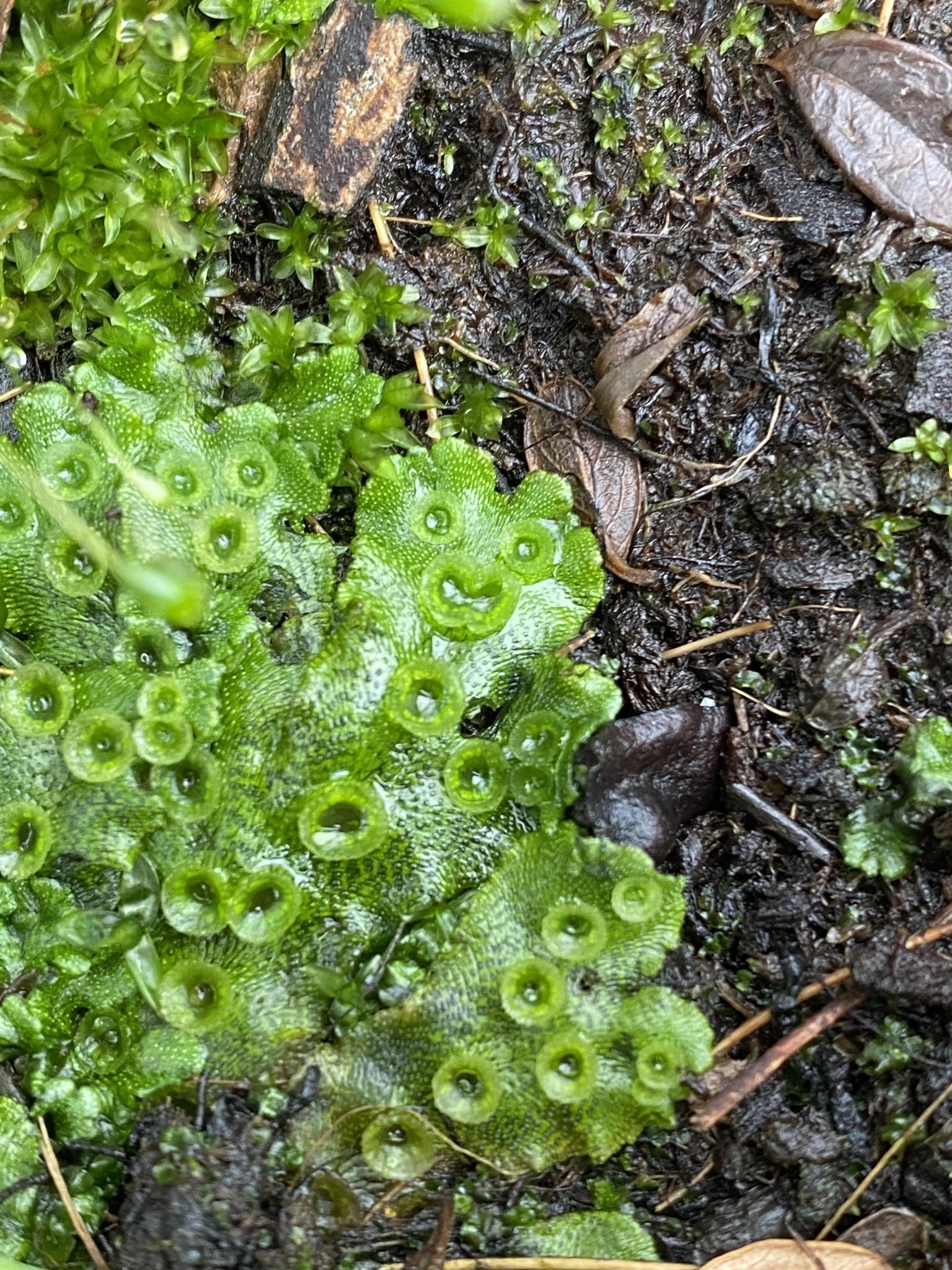
original.jpg from: https://www.gbif.org/species/2688570
Introduction
In the vast and captivating world of bryophytes, one species stands out as a true marvel of nature – the Marchantia polymorpha L., a moss belonging to the Marchantiaceae family. Often referred to simply as Marchantia, this remarkable plant has captured the hearts and minds of enthusiasts worldwide with its unique features and fascinating adaptations.
Background
Before delving into the intricacies of this extraordinary moss, let’s set the stage with some essential background information. Marchantia polymorpha L. is a member of the phylum Marchantiophyta
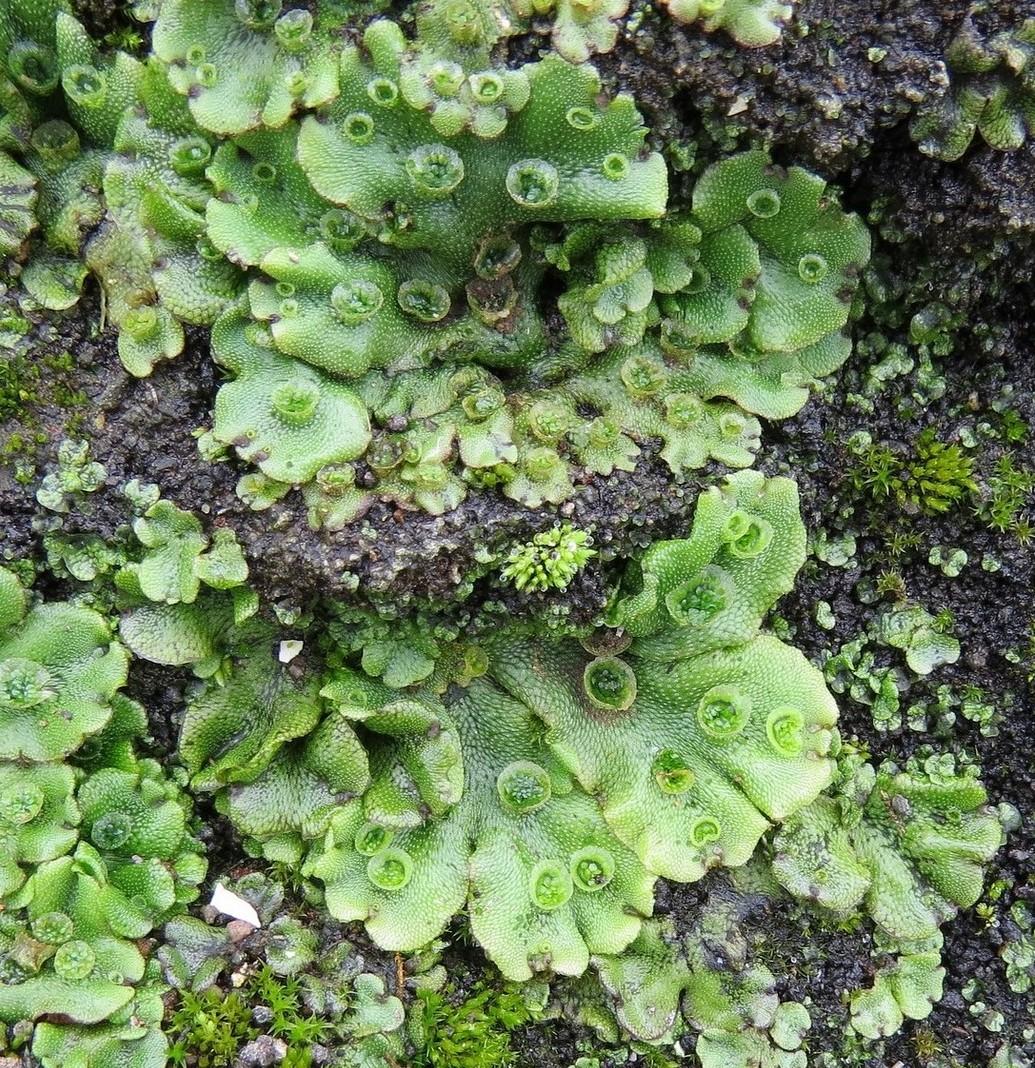
644556_66f887aa.jpg from: https://www.plantarium.ru/page/image/id/644556.html
, also known as the liverworts or hepatics. This diverse group of non-vascular plants has been around for millions of years, predating even the earliest vascular plants.
Main Content
Morphology and Identification
Marchantia polymorpha L. is a thalloid liverwort, meaning it grows in a flat, ribbon-like form rather than the more familiar upright stems and leaves of true mosses. Its
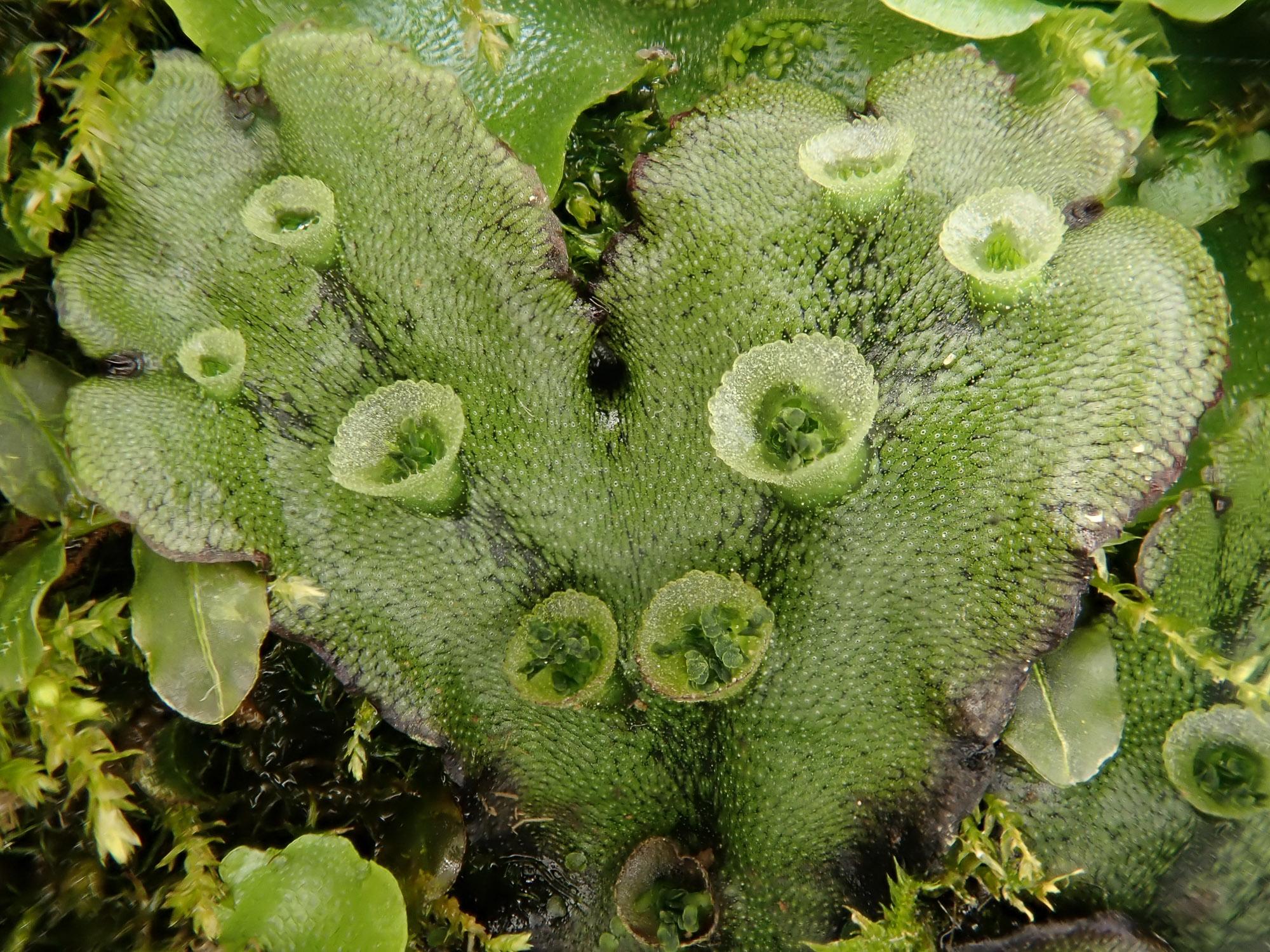
2021-06-22-12-26-40.jpg from: https://www.britishbryologicalsociety.org.uk/learning/species-finder/marchantia-polymorpha/
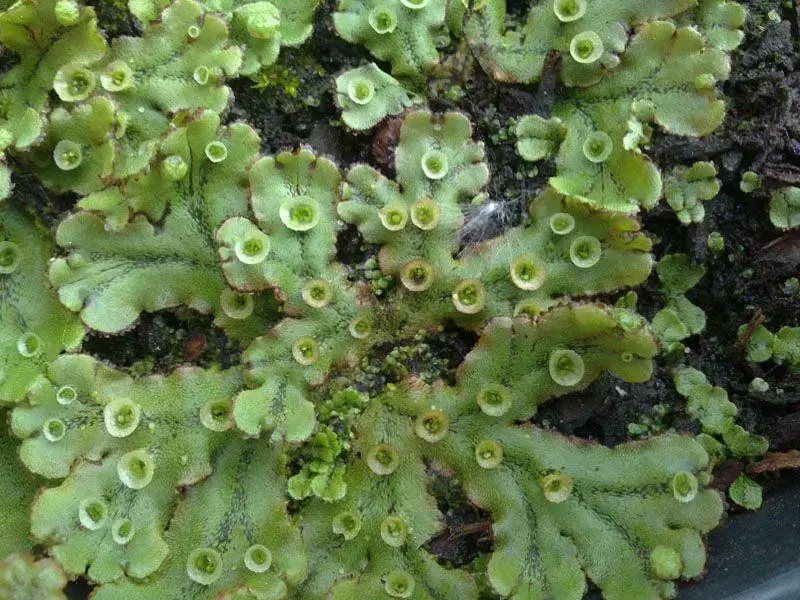
Marchantia-polymorpha-L.-93423.jpg from: https://www.biodiversidadvirtual.org/herbarium/Marchantia-polymorpha-L.-img93423.html
thallus is a vibrant green color and can grow up to 10 centimeters in length. One of the most distinctive features of this moss is the presence of cup-shaped structures called archegoniophores and antheridiophores, which house the reproductive organs.
Global Distribution and Habitat
This resilient moss has a truly cosmopolitan distribution, thriving on every continent except Antarctica. It can be found in a wide range of habitats, from moist and shaded areas like forests and gardens to urban environments like sidewalk cracks and building crevices.
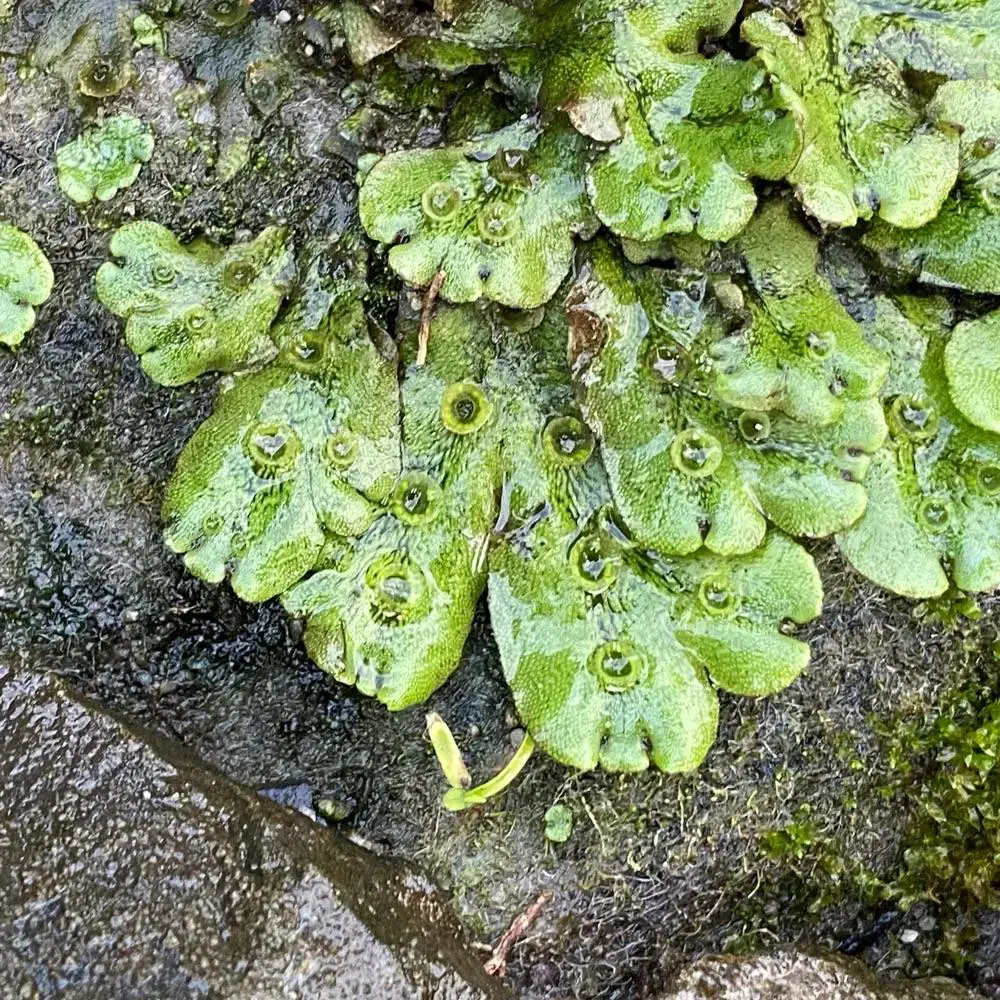
30229686.jpg from: https://observation.org/photos/30229686/
Marchantia polymorpha L. is particularly adept at colonizing disturbed or degraded areas, making it a pioneer species in ecological succession.
Ecological Roles and Adaptations
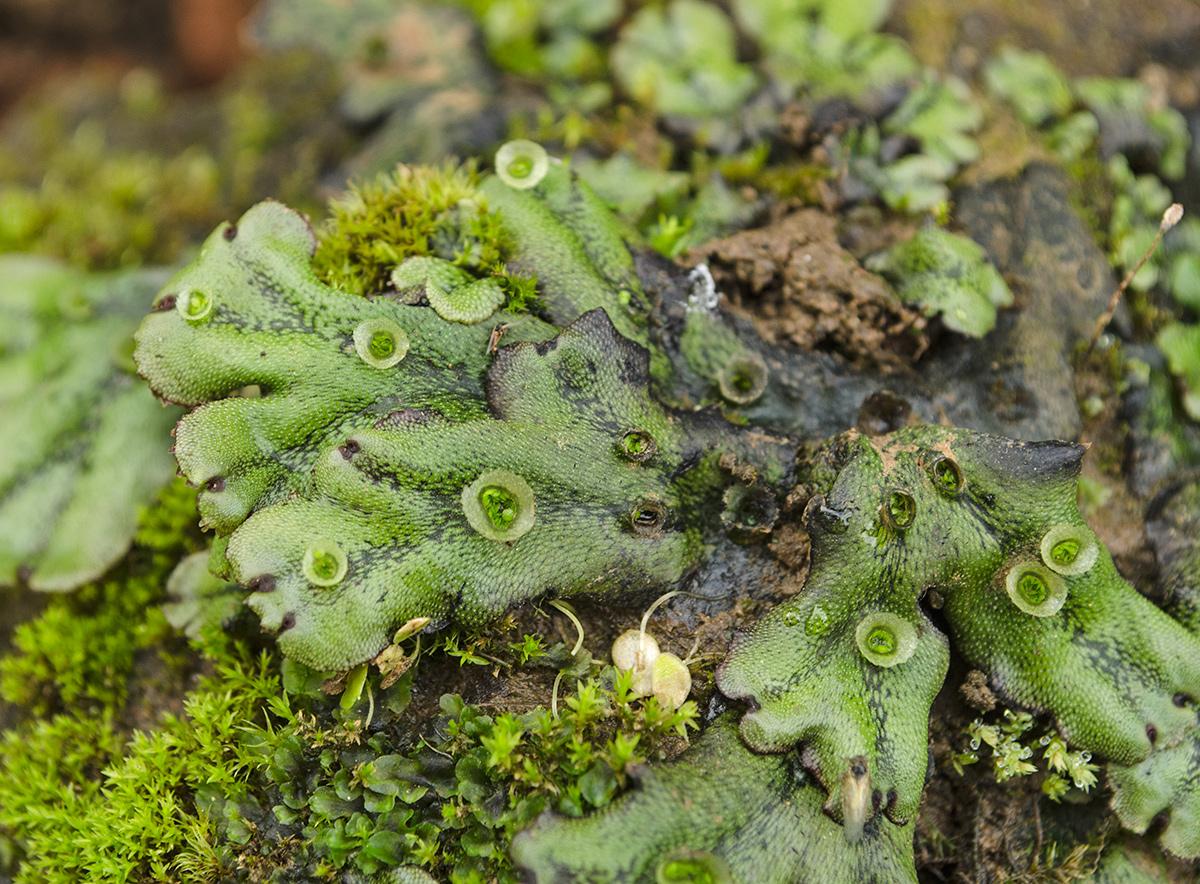
576024_5e338e17.jpg from: https://www.plantarium.ru/page/image/id/576024.html
Despite its unassuming appearance, Marchantia polymorpha L. plays a crucial role in various ecosystems. It contributes to soil formation and moisture retention, creating favorable conditions for other plants to establish themselves. Additionally, this moss serves as a food source and habitat for numerous invertebrates, further underscoring its ecological significance.
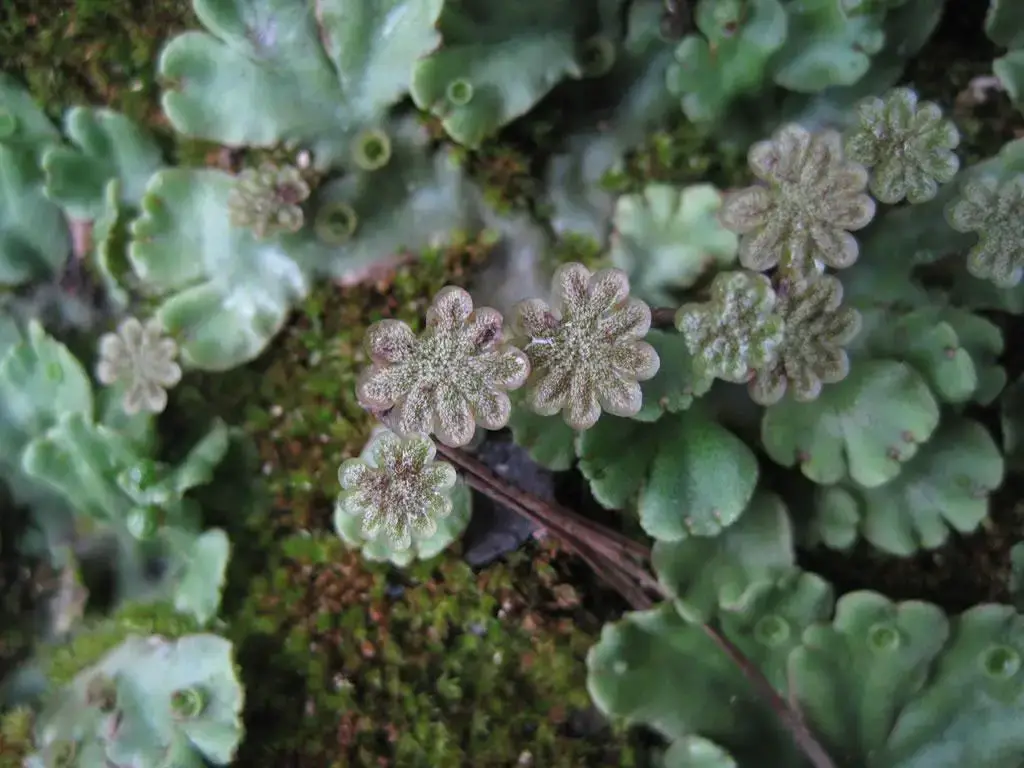
Marchantia_polymorpha_19G_lg.jpg from: https://www.fs.usda.gov/wildflowers/plant-of-the-week/marchantia_polymorpha.shtml
One of the most remarkable adaptations of Marchantia polymorpha L. is its ability to reproduce both sexually and asexually. The presence of specialized structures like gemma cups allows for the production of tiny, multicellular propagules called gemmae, which can disperse and develop into new individuals. This remarkable trait contributes to the moss’s widespread distribution and resilience.
Case Studies/Examples
To illustrate the versatility and adaptability of Marchantia polymorpha L., let’s explore a few fascinating examples:
Urban Oasis: In cities like New York and Tokyo, this moss has been observed thriving in the most unexpected places, such as sidewalk cracks and building crevices, demonstrating its ability to colonize even the harshest urban environments.
Ecological Restoration: Due to its pioneering nature, Marchantia polymorpha L. has been utilized in ecological restoration projects, helping to stabilize disturbed areas and facilitate the establishment of other plant species.
Technical Table
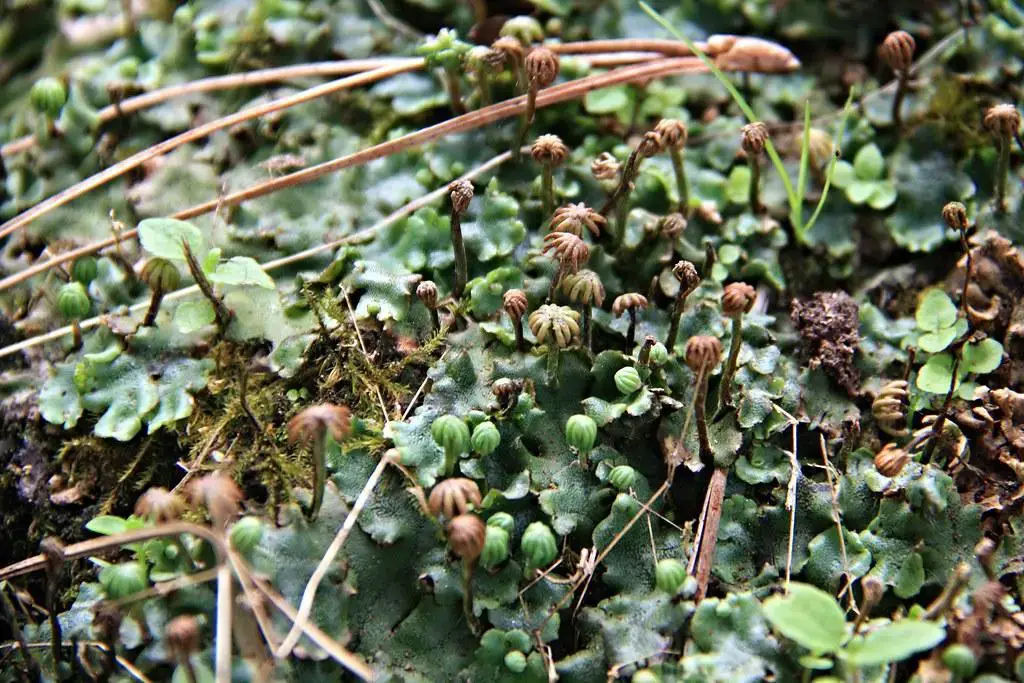
24979586569_6cbc4f7192_b.jpg from: https://www.flickr.com/photos/adaduitokla/24979586569/
| Feature | Description |
|---|---|
| Phylum | Marchantiophyta |
| Class | Marchantiopsida |
| Order | Marchantiales |
| Family | Marchantiaceae |
| Genus | Marchantia |
| Species | polymorpha L. |
| Growth Form | Thalloid liverwort |
| Reproductive Structures | Archegoniophores, antheridiophores, gemma cups |
| Habitat | Moist, shaded areas, disturbed sites, urban environments |
| Distribution | Cosmopolitan (found on all continents except Antarctica) |
Conclusion
Marchantia polymorpha L., a true marvel of the bryophyte world, has captivated enthusiasts with its unique morphology, remarkable adaptations, and ecological significance. From its pioneering role in ecological succession to its ability to thrive in urban environments, this moss continues to inspire awe and curiosity. As we delve deeper into the intricate world of bryophytes, one can’t help but wonder: What other extraordinary secrets lie hidden within the unassuming beauty of these ancient plants?
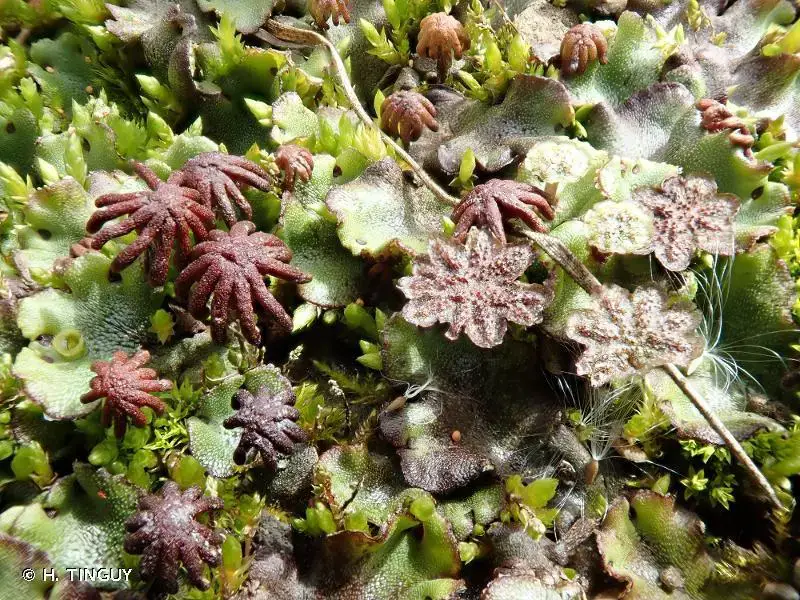
300354.jpg from: https://inpn.mnhn.fr/espece/cd_nom/6182
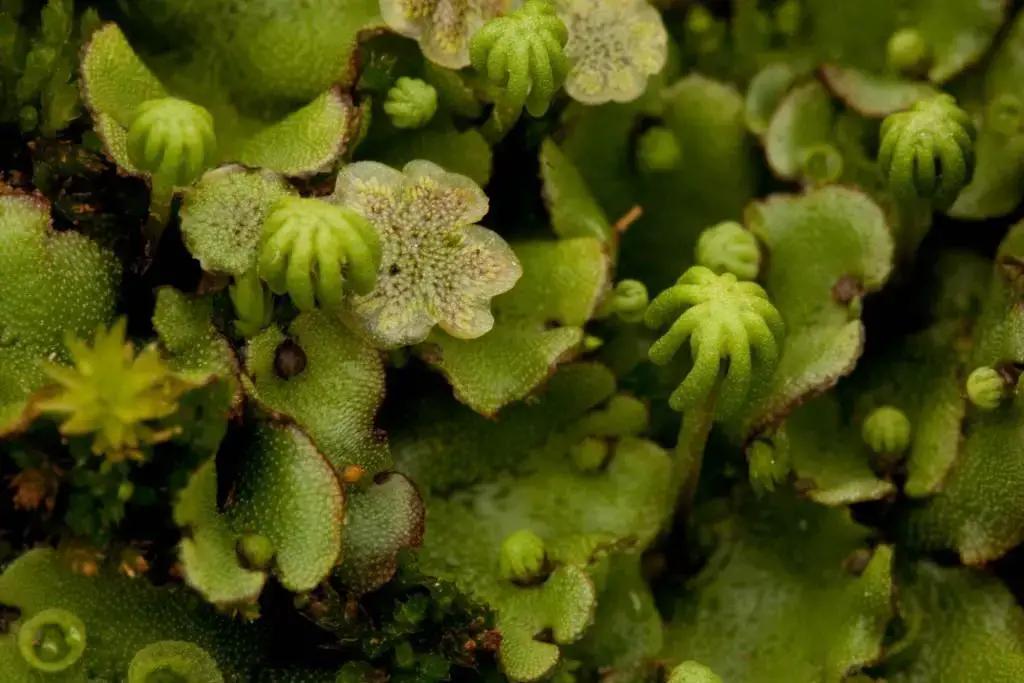
Marchantia-polymorpha-1024×683.jpg from: https://gudangmateri.github.io/artikel/ciri-marchantia-polymorpha/